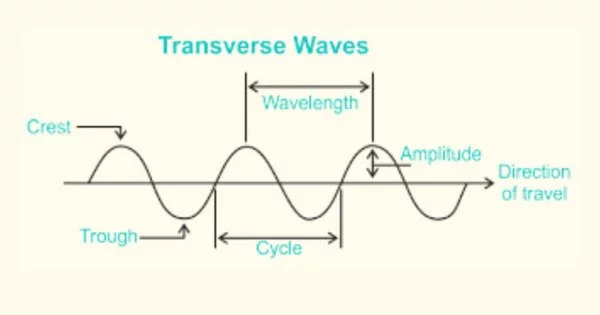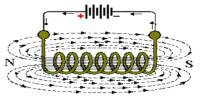In physics, a transverse wave is one whose oscillations are perpendicular to the wave’s advance direction. This is in contrast to a longitudinal wave, which travels in the direction of its oscillations. Water waves are a type of transverse wave. It is a type of wave in which the medium displacement is perpendicular to the wave’s propagation direction. This means that the particles in the medium move perpendicular to the wave’s direction.
A transverse wave is a wave on a string in which the wave travels along the length of the string but the displacement of the string is perpendicular to the wave’s direction. Light waves are also examples of transverse waves, which have electric and magnetic fields that are perpendicular to the wave’s propagation direction.
A simple example is the waves that can be made on a horizontal length of string by anchoring one end and moving the other end up and down. Another example is the waves formed on the membrane of a drum. The waves propagate in directions parallel to the membrane plane, but each point in the membrane is displaced up and down, perpendicular to that plane. Light is another example of a transverse wave, where the oscillations are the electric and magnetic fields, which point at right angles to the ideal light rays that describe the direction of propagation.
Transverse waves are commonly generated in elastic solids as a result of shear stress; the oscillations in this case are the displacement of the solid particles away from their relaxed position in directions perpendicular to the wave’s propagation. These displacements are caused by the material’s local shear deformation. As a result, a transverse wave of this type is known as a shear wave. Because fluids cannot resist shear forces while at rest, transverse wave propagation within the bulk of fluids is not possible. Shear waves are also known as secondary waves or S-waves in seismology.
Some examples of transverse waves are listed below:
- The ripples on the surface of the water
- Electromagnetic waves
- Stadium or a human wave
- Ocean Wave
- The secondary waves of an earthquake
The amplitude, wavelength, frequency, and speed of transverse waves are all defined. The amplitude is the maximum displacement of the medium from its rest position, whereas the wavelength is the distance between the wave’s two adjacent peaks or troughs. The frequency of the wave is the number of cycles per second, whereas the speed is the distance traveled by the wave per unit time.
















